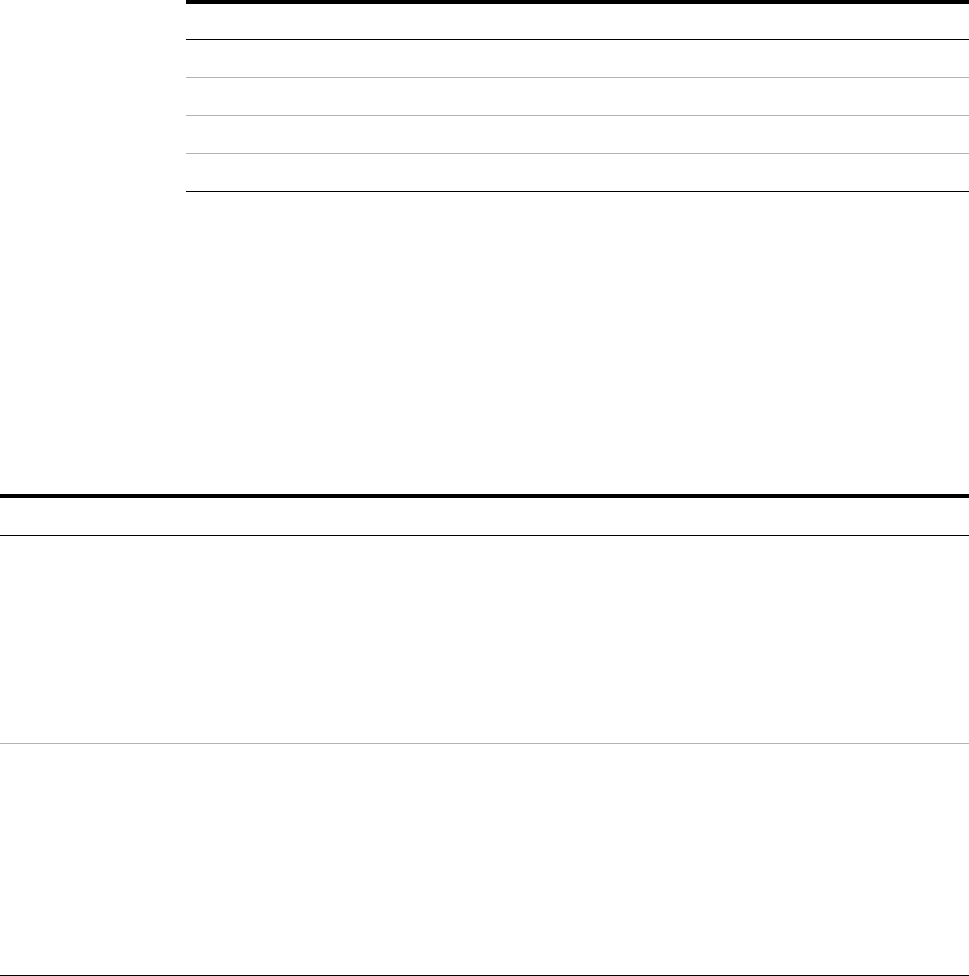User`s guide
Table Of Contents
- Title Page
- Contents
- Getting Started
- Introduction and Measurement
- Phase Noise Basics
- Expanding Your Measurement Experience
- Starting the Measurement Software
- Using the Asset Manager
- Using the Server Hardware Connections to Specify the Source
- Setting GPIB Addresses
- Testing the 8663A Internal/External 10 MHz
- Testing the 8644B Internal/External 10 MHz
- Viewing Markers
- Omitting Spurs
- Displaying the Parameter Summary
- Exporting Measurement Results
- Absolute Measurement Fundamentals
- Absolute Measurement Examples
- Residual Measurement Fundamentals
- What is Residual Noise?
- Assumptions about Residual Phase Noise Measurements
- Calibrating the Measurement
- Measurement Difficulties
- Residual Measurement Examples
- FM Discriminator Fundamentals
- FM Discriminator Measurement Examples
- AM Noise Measurement Fundamentals
- AM Noise Measurement Examples
- Baseband Noise Measurement Examples
- Evaluating Your Measurement Results
- Advanced Software Features
- Reference Graphs and Tables
- Approximate System Noise Floor vs. R Port Signal Level
- Phase Noise Floor and Region of Validity
- Phase Noise Level of Various Agilent Sources
- Increase in Measured Noise as Ref Source Approaches DUT Noise
- Approximate Sensitivity of Delay Line Discriminator
- AM Calibration
- Voltage Controlled Source Tuning Requirements
- Tune Range of VCO for Center Voltage
- Peak Tuning Range Required by Noise Level
- Phase Lock Loop Bandwidth vs. Peak Tuning Range
- Noise Floor Limits Due to Peak Tuning Range
- Tuning Characteristics of Various VCO Source Options
- 8643A Frequency Limits
- 8644B Frequency Limits
- 8664A Frequency Limits
- 8665A Frequency Limits
- 8665B Frequency Limits
- System Specifications
- System Interconnections
- PC Components Installation
- Overview
- Step 1: Uninstall the current version of Agilent Technologies IO libraries
- Step 2: Uninstall all National Instruments products.
- Step 3: Install the National Instruments VXI software.
- Step 4: Install the National Instruments VISA runtime.
- Step 5: Install software for the NI Data Acquisition Software.
- Step 6: Hardware Installation
- Step 7. Finalize National Instruments Software Installation.
- Step 8: System Interconnections
- Step 9: Install Microsoft Visual C++ 2008 Redistributable Package use default settings
- Step 10: Install the Agilent I/O Libraries
- Step 11: Install the E5500 Phase Noise Measurement software.
- Step 12: Asset Configuration
- Step 13: License Key for the Phase Noise Test Set
- Overview
- PC Digitizer Performance Verification
- Preventive Maintenance
- Service, Support, and Safety Information
- Safety and Regulatory Information
- Safety summary
- Equipment Installation
- Environmental conditions
- Before applying power
- Ground the instrument or system
- Fuses and Circuit Breakers
- Maintenance
- Safety symbols and instrument markings
- Regulatory Compliance
- Declaration of Conformity
- Compliance with German noise requirements
- Compliance with Canadian EMC requirements
- Service and Support
- Return Procedure
- Safety and Regulatory Information

Evaluating Your Measurement Results
14
Agilent E5505A User’s Guide 337
Problem Solving
Discontinuity in the graph
Because noise distribution is continuous, a break in the graph is evidence of a
measurement problem. Discontinuity in the graph will normally appear at the
sweep-segment connections.
Table 52 identifies the circumstances that can cause discontinuity in the
graph.
Table 51 List of topics that discuss problem solving in this chapter
If you need to know: Refer to:
What to do about breaks in the noise graph Discontinuity in the Graph
How to verify a noise level that is higher than expected High Noise Level
How to verify unexpected spurs on the graph Spurs on the Graph
How to interpret noise above the small angle line Small Angle Line
Table 52 Potential causes of discontinuity in the graph
Circumstance Description Recommended Action
Break between segments where
closely spaced spurs are resolved in
one segment but not in the next.
Closely spaced spurs that are
resolved in one sweep-segment but
not in the next can cause an
apparent jump in the noise where
they are not resolved.
Use the Real-time Monitor to evaluate the
noise spectrum at the break frequency on
the graph. To eliminate the break in the
graph, you may find it necessary to change
the Sweep-Segment Ranges so that the
measurement resolution remains constant
over the frequency range where the spurs
are located.
Erratic Noise: One or more
segments out of line with the rest of
the graph.
This occurs when the noise level of
the source being used is
inconsistent over time. The
time-varying noise level causes the
overall noise present when one
segment is being measured to differ
from the level present during the
period when the next segment is
measured.
Repeat the noise measurement several
times for the segment that does not match
the rest of the graph, and check for a
change in its overall noise level.










